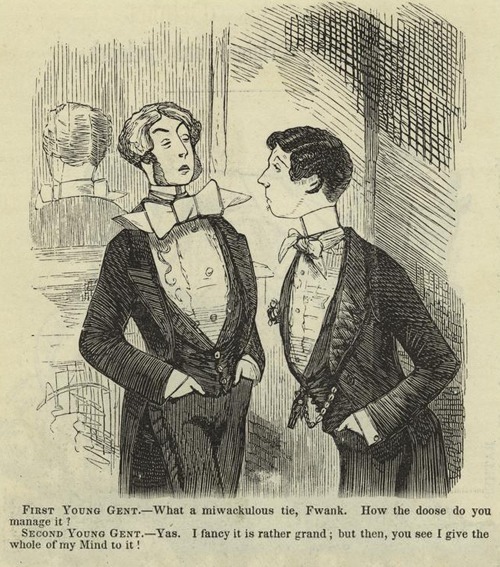France has a complicated relationship with many of its saints, primarily because, during the French Revolution, they misplaced most of them.
Take, for example, Saint Quentin, one of France's patron saints. During the fourth century, Quentin made his way to Roman occupied Gaul to preach, where he was summarily arrested, tortured, released by angels, arrested, tortured again, etc. until he died. Since all this happened in a city that later became Amiens, Saint Quentin's remains remained in the Picardy region, eventually making their way to the city of Saint Quentin.
Several centuries later, le deluge!
Part of the French Revolution included a secularization and de-Christianizing movement and Saint Quentin's remains got moved out of their display case and into the basement. When the monarchy came back, there was some difficulty re-finding the remains and putting it back in the Basilica.
In 2009, it was discovered that whoever re-found Saint Quentin had more difficulty than expected, as the leg bones and skull fragment did indeed date from Saint Quentin's century, but his hand did not. If one travels north of Paris to Saint Quentin, one can see the leg bones and skull fragment of someone who at least came from the correct century, and the decomposed hand of apparently only God knows who.

